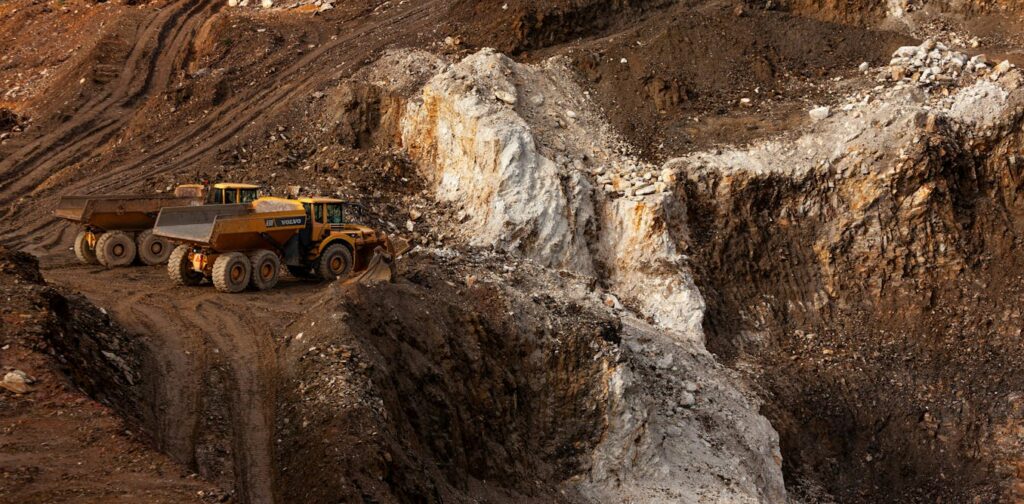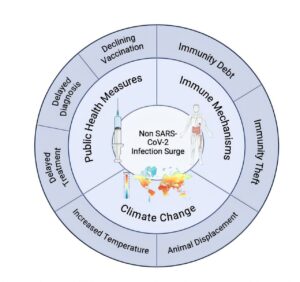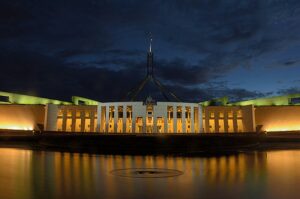
Critical minerals are at the forefront of international discussions as nations scramble to secure these essential resources. Prime Minister Anthony Albanese recently visited the White House to highlight Australia’s abundant mineral deposits in talks with President Donald Trump. This meeting comes on the heels of China’s decision to impose new export restrictions on rare earth elements, a move that has irked the Trump administration.
The global competition for critical minerals is heating up, driven by their importance in manufacturing advanced technologies such as artificial intelligence (AI), electric vehicles, and renewable energy systems. Governments worldwide are eager to ensure a steady supply of these minerals to safeguard their technological and economic futures.
Understanding Critical Minerals
Critical minerals are the raw materials essential for producing a wide range of modern technologies, from mobile phones to wind turbines and military equipment. They are the backbone of the next industrial age, supporting innovations from lithium-ion batteries to F-35 fighter jets.
There is no universal list of critical minerals, as each country defines them based on its own needs. The Australian government considers these minerals vital for technology, the economy, and national security, particularly due to their supply chains’ vulnerability to geopolitical risks.
In Australia, 31 minerals and rare earths are classified as ‘critical,’ including lithium, magnesium, and zirconium. Rare earths, despite their name, are not scarce but are found in low concentrations, making extraction both challenging and costly.
Geoscience Australia has mapped extensive deposits of critical minerals across the continent, positioning Australia as a potential key supplier to global clean-energy industries.
Australia’s Strategic Approach
Australia’s current Critical Minerals Strategy outlines a transition from merely mining these minerals to refining, processing, and manufacturing them domestically. This strategy is supported by initiatives such as a $4 billion Critical Minerals Facility and a new 10% production tax credit for onshore refining.
These policies aim to stimulate domestic mineral processing and investment. However, their success will depend on how swiftly they can be translated into operational projects. Companies like Arafura Rare Earths and Alpha HPA are already developing chemical processing plants, while the CSIRO-led Critical Minerals Research and Development Hub is pioneering new refining technologies.
Despite these advancements, most of Australia’s critical minerals are still exported in raw form. Domestic processing remains limited, with high energy costs and workforce shortages posing significant challenges. Moreover, the environmental impact of extraction is considerable, with one tonne of lithium production generating 15–20 tonnes of CO₂ and consuming 77 tons of fresh water.
Geopolitical Implications
The urgency to secure critical minerals has intensified amid escalating US-China trade tensions. China’s recent export controls on rare-earth materials have forced foreign firms to seek special approval for exports containing even minimal Chinese content. In response, President Trump announced a 100% tariff on Chinese imports, aiming to reduce US dependency on Chinese supply chains.
This geopolitical shift presents both a risk and an opportunity for Australia, as Washington accelerates investments with Australian miners to diversify its supply chains away from China.
Canberra is exploring the establishment of a Critical Minerals Strategic Reserve, which would involve the federal government acquiring agreed volumes of critical minerals, selective stockpiling, and offering preferential access to allied buyers.
The Road Ahead
Global energy giants are increasingly focusing on critical minerals, with their substantial resources likely to accelerate the development of commercial-scale extraction technologies. Australia must keep pace with these developments to maintain its competitive edge in the global market.
As the demand for critical minerals continues to grow, Australia faces the dual challenge of scaling up its processing capabilities while minimizing environmental impacts. The nation’s ability to navigate these challenges will determine its role in the future of global technology and energy industries.







